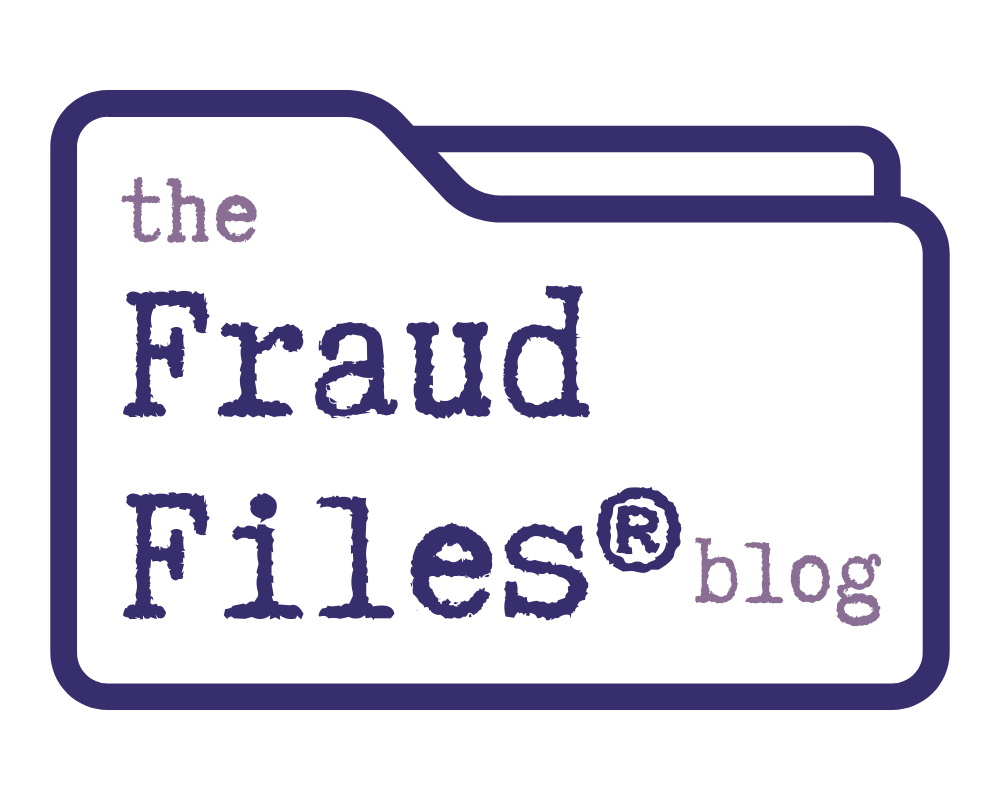 The financial effects of divorce are far reaching. In a one-income household, it’s often even worse. It’s bad enough that one income now has to support two separate households, at least for a period of time. The non-moneyed spouse (the one who hasn’t been working and isn’t the source of income) has it especially tough.
The financial effects of divorce are far reaching. In a one-income household, it’s often even worse. It’s bad enough that one income now has to support two separate households, at least for a period of time. The non-moneyed spouse (the one who hasn’t been working and isn’t the source of income) has it especially tough.
Of course, there is often an expectation that the spouse who hasn’t been working will start to do so. This can be difficult if there is a gap in employment, which is common due to a spouse staying home to raise children. Earnings of that spouse are almost always much lower than the moneyed spouse (which is likely part of the reason why that spouse was the one who stayed home with the kids).
It may be difficult to get a job due to the gap in employment history, especially if there have been a lot of changes in the career since the spouse last worked. Employers may not be willing to bring someone up to speed if there are candidates who have been continuously employed int he industry and are up to speed on the new technology and trends.
Credit history issues also come into play. The non-moneyed spouse may have a much thinner credit profile. That can be a hindrance when trying to rent an apartment or get a new credit card. Maybe the spouse previously was an authorized user on the other spouse’s credit account; now he/she has to get their own credit card. The problem is compounded if the person applying for credit doesn’t have a job. Sure, alimony and child support are considered sources of income when applying for credit. But what if there is a delay in being awarded support?
Then there are the credit issues such as getting a spouse’s name off a mortgage or an auto loan. Buying a new house and getting a new mortgage on one’s own may be out of the question for one or both of the spouses.
Sadly, predicted financial difficulties may be one reason someone stays in an unhealthy marriage. It can be scary to think about starting over financially, having a lower standard of living, and being restricted in credit sources.



